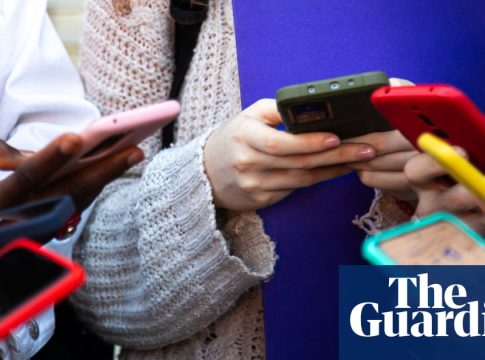Understanding the Risks of Addictive Screen Use in Adolescents
In today’s digital age, our teenagers are navigating a complex landscape of social media, mobile phones, and video games. While these tools offer opportunities for connection and entertainment, research indicates they may also pose serious risks to mental health. A recent study following over 4,000 young people reveals that increasing addictive usage of technology can lead to elevated risks of suicidal behavior and emotional distress.
The Study Insights
Conducted over four years, the study focused on adolescents who reported how their screen habits evolved. Notably, the researchers found that nearly one in three participants demonstrated signs of compulsive use, which was characterized by distress when screens were absent or interference with daily activities like schoolwork and exercise. This acknowledgment of addiction-related behavior is crucial; it highlights that it’s not just the quantity of screen time that matters, but the quality of that engagement.
Key Findings:
- Addiction vs. Time Spent: The amount of time spent on devices did not correlate with mental health issues. Instead, the manner in which these technologies were used—marked by compulsive patterns—was more telling.
- Suicidal Behavior: Adolescents experiencing increasing addictive behaviors were found to have double the risk of suicidal thoughts compared to their peers studying low levels of technology engagement.
- Diverse Impact: More than 40% of participants with high-stakes video game usage reported significant mental health symptoms, including anxiety and depression.
A Call for Awareness
As responsibility falls on parents and educators, it’s important to move beyond simply restricting screen time. Here are some factors to consider:
-
Recognize Compulsive Behavior: Look for signs that technology is interfering with daily life. This could be neglecting schoolwork or becoming anxious or distressed when away from screens.
-
Foster Open Conversations: Encourage discussions about technology use, focusing on feelings and experiences rather than imposing blanket bans. Understanding the "why" behind their screen time can be enlightening.
- Engage in Healthy Alternatives: Offer opportunities for offline activities that foster connections, whether through sports, reading, or art.
Compassionate Intervention
Dr. Yunyu Xiao suggests that our approach to young people’s screen use should be nuanced. While some technology features can amplify compulsive habits—like the design elements of many apps—there are also underlying factors, such as social pressures or past experiences, that may drive teens toward excessive screen reliance.
This study emphasizes the importance of who is using technology, how they are using it, and how it impacts their emotional landscape. Creating a supportive environment for discussing these issues can help alleviate fears surrounding reliance on screens, rather than merely vilifying technology.
Parting Thoughts
Supporting adolescents in navigating their digital landscapes is a shared responsibility. By fostering an understanding of healthy technology habits and emotional expression, parents and educators can guide young people toward balanced, fulfilling lives. Ultimately, focusing on the quality of interaction with technology, rather than just the quantity of time spent, will be key in promoting mental well-being.
In the intersection of technology and mental health, compassion and open dialogue can pave the way for healthier relationships with screens and an improved sense of self-worth in this digital age.

Covers wellness, nutrition, mental health, and daily life tips.
Bio: Talia brings a background in health journalism and holistic living to help readers live better, one tip at a time.

